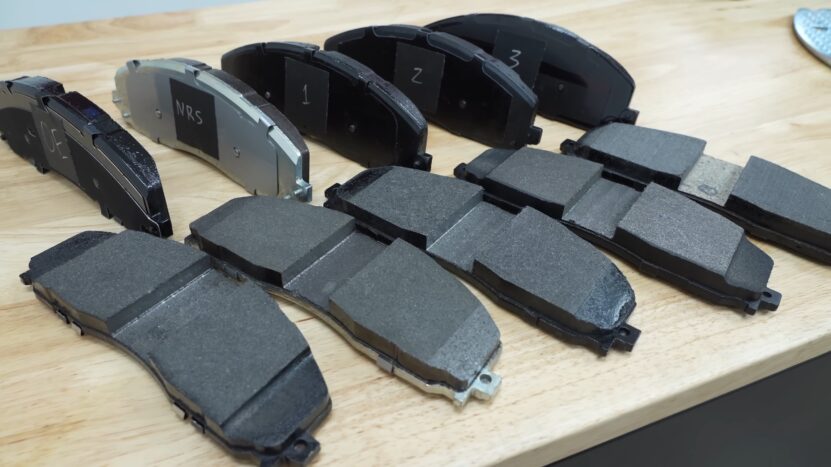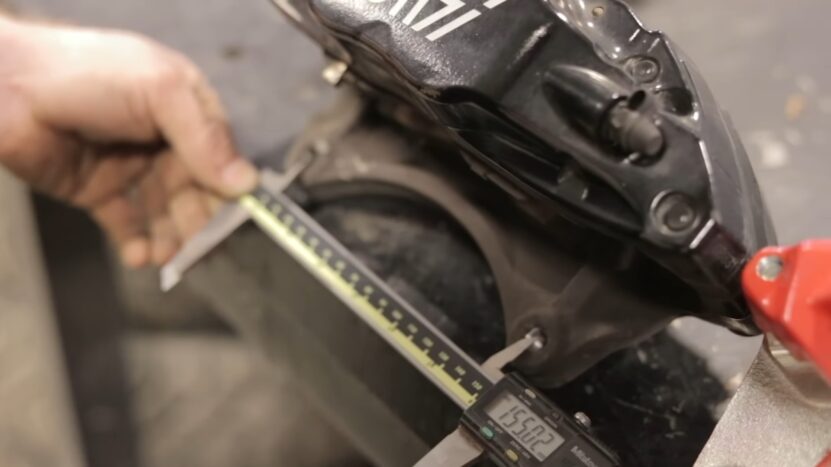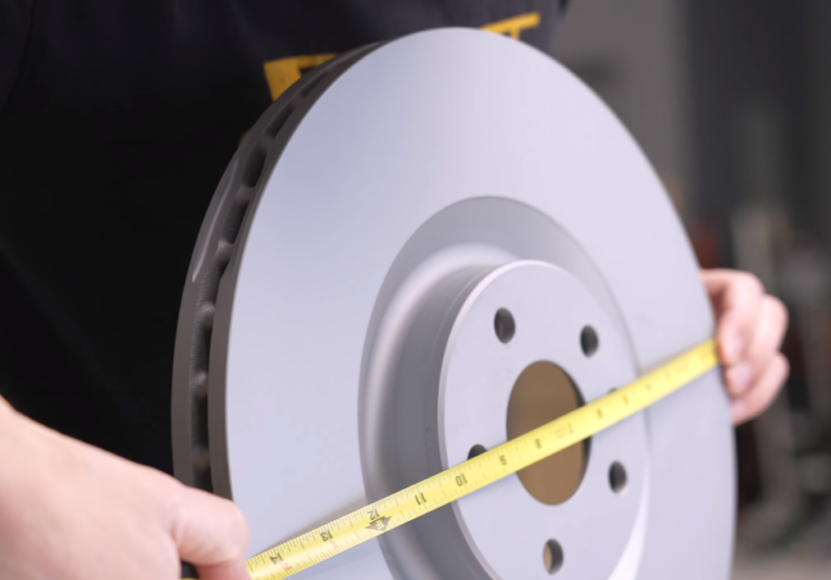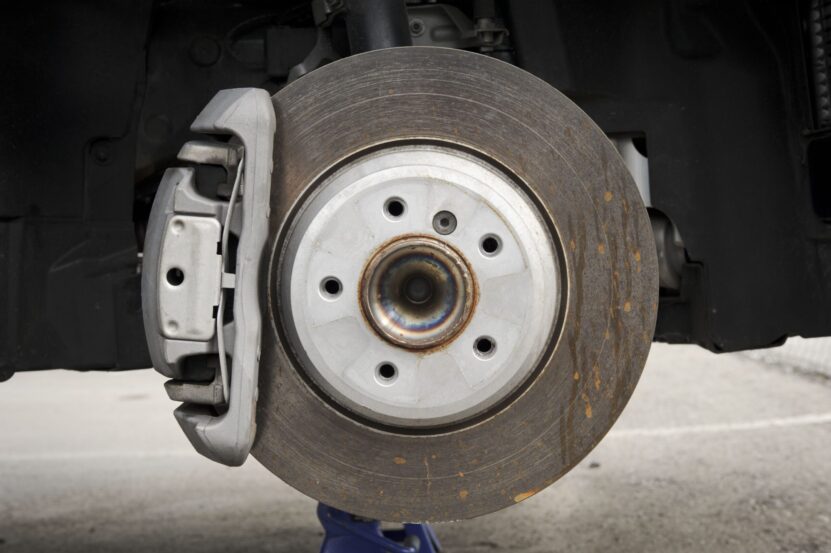Hey there! Ever wondered about the role of brake pads in your vehicle? Well, they’re super crucial. They sit between the brake caliper and rotor, ensuring your car stops when you hit the brakes.
When you press down on the brake pedal, the pad gets squeezed against the rotor, converting the spinning rotor’s kinetic energy into thermal energy. This process is what brings your car to a halt.
And guess what? The better the pad’s ability to do this, the more efficiently your car stops.
Universal Sizes
Now, you might’ve heard that all are the same. But that’s a myth! They are as diverse as the vehicles they serve. They come in various shapes, sizes, and materials tailored for different vehicle types and purposes.
The Diversity of the Systems

Different Types of Vehicles
From sedans to SUVs, there’s a vast array of vehicles on the road today. And guess what? Each of these vehicles requires a specific type of pad. The size, design, and purpose of a vehicle can influence the type it needs.
Varied Designs
They can come in various shapes, from elongated half-circles to squares and even hexagons. Many also feature grooves or channels to reduce noise, heat, and gas build-up when they come in contact with the rotor.
And that’s not all! They can also have chamfers, which are angled cutouts on the sides or edges of the pad. These chamfers can be parallel, radial, compound, or even V-shaped, each serving a unique purpose.
Materials
Not just made of one material. There are three primary types: organic, semi-metallic, and ceramic.
- Organic: These are the softest and most affordable. They’re great for everyday road-going cars but might not last as long as the other types. Plus, they can produce more dust.
- Semi-Metallic: A middle-ground option, these pads are pricier than organic ones but offer better stopping power and longevity. They contain metallic compounds, which means they can wear out rotors a bit faster.
- Ceramic: The premium choice! Ceramic pads are often found in high-performance vehicles. They’re made with clay and have excellent heat absorption qualities, ensuring minimal fade even at high temperatures.
Impact on Performance and Longevity
The material of your pad can significantly impact its performance. For instance, while organic pads are affordable, they might not offer the same stopping power as ceramic ones. On the other hand, ceramic pads, while efficient, are more suited for racing and track cars due to their high-performance nature.
The Role of Sizing
The size of your pad can be influenced by various factors, including wheel size, brake rotor dimensions, and the overall size of your vehicle. For instance, larger vehicles like pickup trucks might need bigger pads to stop efficiently due to their weight.
Compatibility with Specific Vehicles

Not all will fit all vehicles. The size and design of your vehicle can dictate the kind it requires. Even two vehicles in the same class might need different pads due to varying brake sizes.
Factors Influencing Sizing
Vehicle Weight
The weight of your vehicle plays a significant role in determining the size. Larger vehicles like pickup trucks are heavier than most cars and vans. As a result, they typically require larger pads to stop the added weight efficiently. Similarly, large cars and vans might need bigger pads compared to compact cars.
Rotor Size
The larger the wheel of a vehicle, the bigger the brake rotor can be. For instance, while many luxury and performance vehicles can accommodate larger brakes due to their big wheels, it doesn’t mean they always have the largest possible brake rotors. A typical family sedan, like a Toyota Camry or Honda Accord, might have larger wheels for styling but doesn’t necessarily need the biggest brake rotors since they’re primarily used as commuter vehicles.
Driving Conditions
Your driving conditions can also influence the type. If you’re often driving in extreme conditions, like racing or tracking, you might need pads that can handle higher temperatures and provide consistent performance.
How to Determine the Right Size

One of the best ways to determine the right size is to check the manufacturer’s recommendations. They have specific guidelines and sizes that are ideal for your vehicle model.
If you’re unsure about the manufacturer’s recommendations or want to double-check, you can measure your current pads. This will give you a clear idea of the size you need.
When in doubt, it’s always a good idea to consult a professional. They can provide insights based on their experience and ensure you get the right pads for your vehicle.
Common Sizing Pitfalls
One of the common mistakes people make is using incorrect measurements. Always ensure you measure accurately to avoid any compatibility issues.
Also, ass we’ve discussed, pads are not universal. Assuming that any will fit can lead to safety issues and reduced performance.
Aftermarket Pads
Advantages and Disadvantages
| Aspect | Advantage | Disadvantage |
| Variety | Offers a wider range of options tailored to specific needs. | Quality can vary significantly between brands. |
| Cost | Often more affordable than OEM (Original Equipment Manufacturer) pads. | Some might not meet the same standards as OEM pads. |
| Compatibility | Designed to fit a range of vehicles. | Incorrectly sized or incompatible pads can reduce braking efficiency. |
| Unique Features | Some come with features like slots for better heat dissipation. | Not all features may be suitable for every vehicle or driving condition. |
| Material Choices | Availability of different materials like organic, semi-metallic, and ceramic. | Choosing the wrong material can affect performance and rotor wear. |
Compatibility Concerns
While many aftermarket brke pads are designed to fit a range of vehicles, it’s crucial to ensure compatibility with your specific model. Incorrectly sized or incompatible pads can lead to reduced braking efficiency and potential safety hazards.
FAQ
Why do different vehicles require different brake pad sizes?
Different vehicles have varying weights, purposes, and designs, necessitating specific sizes for optimal performance and safety.
Can I upgrade to a different type of brake pad material than what came with my vehicle?
Yes, you can upgrade, but ensure the new material is compatible with your vehicle’s specifications and your driving needs.
How often should I replace my brake pads?
Typically, they should be replaced every 50,000 miles, but this can vary based on driving habits and material.
Are ceramic brake pads suitable for all types of vehicles?
While ceramics offer high performance, they’re best for racing or track cars. For daily driving, other materials might be more appropriate.
Can I mix different brake pad materials on the front and rear wheels?
It’s not recommended. Using different materials can lead to uneven braking and potential safety issues.
How can I tell if my brake pads are wearing out prematurely?
Signs include squealing noises, longer stopping distances, and a pedal that feels soft and spongy.
Conclusion
By now, you’ve probably realized how vital proper sizing is. The right size ensures optimal performance, safety, and longevity of your system. It’s not just about fitting the pad into the caliper; it’s about ensuring the entire braking system works harmoniously.
Your vehicle’s brake system is one of its most critical safety features. Ensuring you have the right brake pads, properly sized and made of suitable materials, is paramount. Whether you’re cruising down the highway, navigating city streets, or tackling rough terrains, your brake pads play a pivotal role in keeping you safe.
